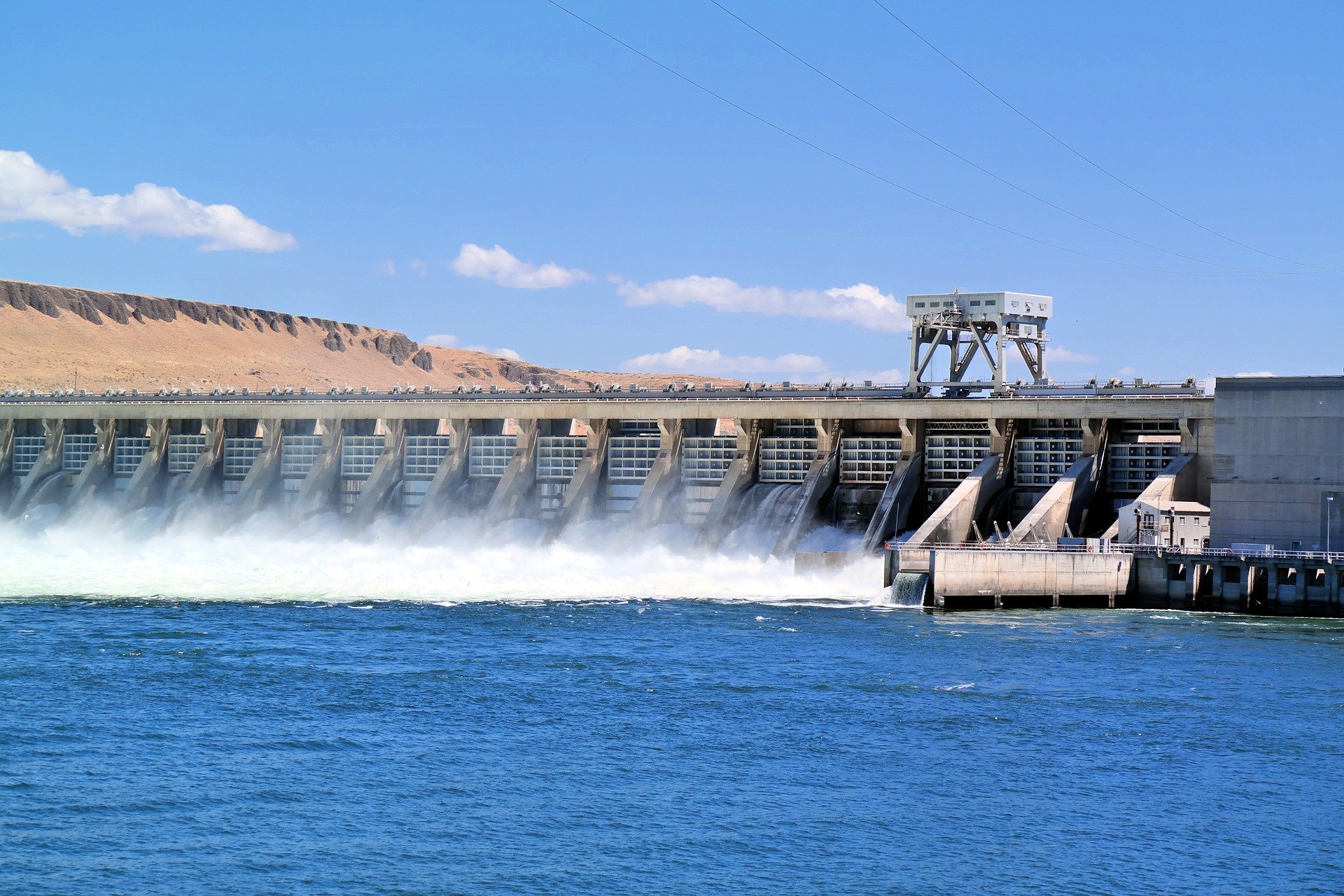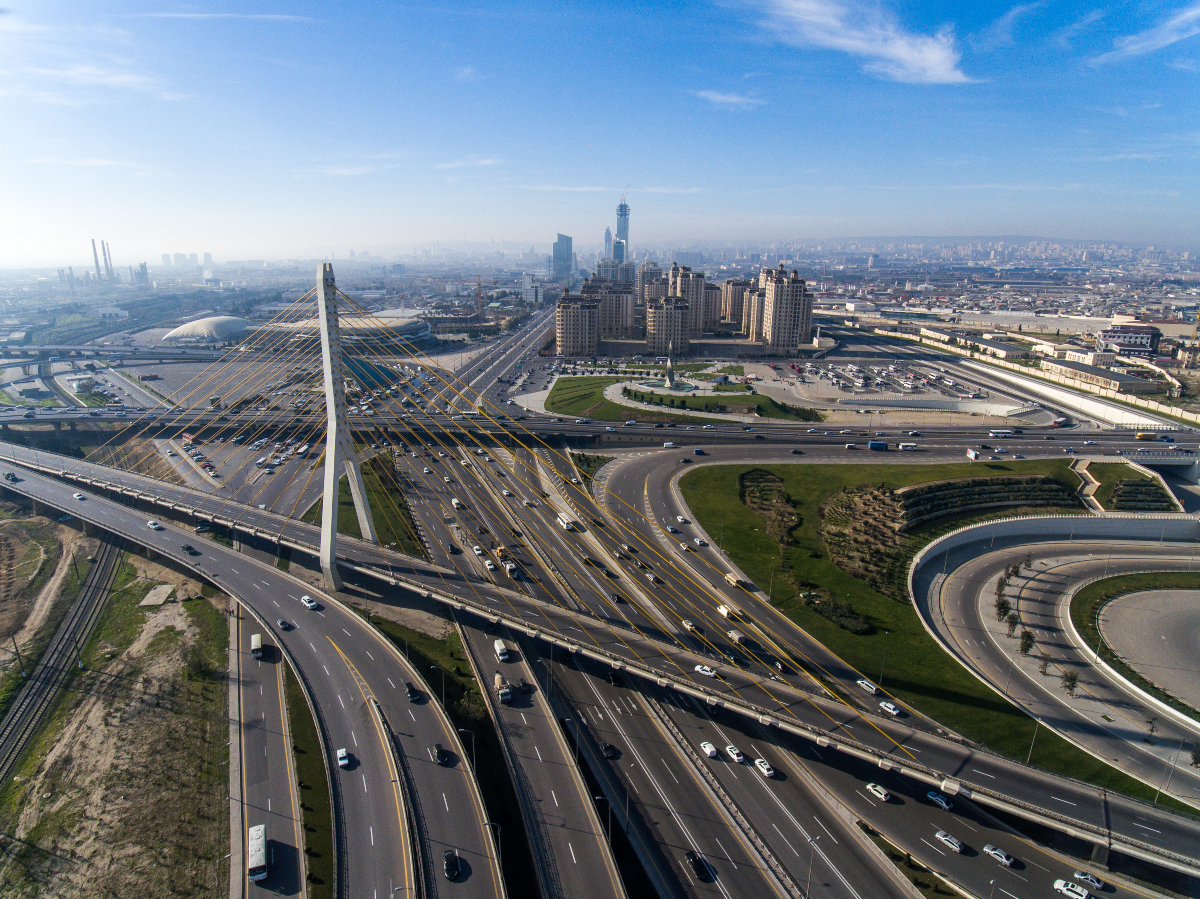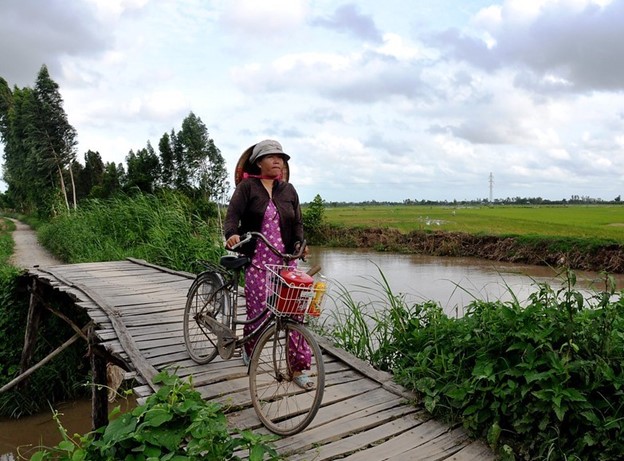
Learning from nature to get solutions on Disaster Resilient Infrastructure
Nature-based solutions for disaster resilient infrastructure are cost-effective, inspired and nature-supported sustainable management actions to protect, restore, address and transform disaster resilient infrastructure.
Disasters like floods, landslides, earthquakes, tsunamis, hurricanes (unforeseen disruption contingencies that causes tremendous reverberations on society, human lives, and especially infrastructural-based) need drastic resilient actions to combat them. As nature-based actions are environmentally free, they can help a community meet its social, environmental, and economic goals; it also becomes highly imperative that actions taken should not negatively or adversely affect lives and infrastructure. Infrastructure includes roads, quality water, portable electricity, educational institutions, health centers, and others.
Disasters are pervasive in our world and planet earth, and they cannot be overlooked, lest we shall face the repercussions. The precarious damages caused by disasters to infrastructure leaves much to be desired. Projects which are needed for promoting the well-being of indigenes are halted and destroyed. These damages are mind-boggling.
Technological solutions and methods will be of paramount help. However, we should consider sustainable and free environment methods since technology, in one way or the other, has devastating effects on human lives and the environment, and is not eco-friendly.
Elaborated below are few nature-based solutions for disaster resilient infrastructure. In the first place is the requirement of a proper layout settlement. The layout is the arrangement of buildings most effectively and efficiently to lessens side-effects such as flooding, earthquake. There is improper sitting and architectural work on our buildings sitting and building. Buildings are sited in waterlogged areas hence susceptible to flood. Some masterminds behind improper layout may be due to lack of involvement of town's planning committee in sitting buildings and inexperienced contractors. During floods (overflow of water covering a place usually dry) and earthquakes, our infrastructure is being carried away and deteriorated.
A nature-based solution for disaster resilient infrastructure is the introduction of rain gardens. A rain garden is a small shallow garden that collects and absorbs runoff water along streets and buildings. It helps avoid the haphazard channels, which can cause the occurrences of disasters that damage infrastructure. These rain gardens are very eco-friendly and have no adverse effect; as we use vegetation. They can be sited along infrastructure bases to collect excess water that may cause erosion due to flooding. These gardens, too, require zero cost in their implementation. They protect the environment, and the infrastructure as well.
Rain gardens are a hundred percent safer means for disaster resilient infrastructure. All infrastructure put up can have such rain gardens attached for the sake of the unknown, which is unpredictable. This saves the buildings from damages and prevents stakeholders from incurring their rehabilitation and channel such funds into other essential aspects or elements of the people's standard of living. These rain gardens prevent stagnant water for mosquitoes' breeding since they absorb the water over at most in two days. The triple bottom line is attained to businesses, protecting the environment, qualifying as a suitable corporate entity, and being the ultimate goal of profit maximization.
In the United States, the sitting government - President Joe Biden’s administration, has targeted a substantial amount of money (multi-trillion dollars) to be channeled towards disaster-resilient infrastructure, although this is alarming and at the expense of other activities needed. But this is required as there is a lack of nature-based solutions like rain gardens for disaster resilient infrastructure.
Furthermore, proper natural resources should be used in the construction of infrastructure — disaster-resistant materials. We must use flood-resistant materials, earthquake-resistant materials, strong wind, and storm-resistant materials in the construction of infrastructure.
We should use waterproof woods since excess water may cause ordinary woods to rot, leading to difficult consequences. Waterproof woods such as white oak and cedar can accumulate water over a more extended period, with zero impact on the environment. Termites and other reptiles and insects cannot carry out their burrowing activities to cause damage to the wood; the wood is impermeable to water and insects, and hence these should be used to build infrastructure.
Steel reinforced concretes that are resistant to strong winds should be used in building the infrastructure. There should be the proper selection of building materials concerning the land's slope and how it is prone to disasters. We cannot sit to allow disasters to ruin our present and posterity. We ought to take a bold step that is eco-friendly to mitigate this social canker of disaster damaging infrastructure and pursue better environmental solutions for resilient infrastructure.
Nature based solutions for disaster resilient infrastructure are the best for use since we want to promote a sustainable environment with zero tolerance for danger.
Jonathan Ofori Nyamedi from Ghana is one of the 10 winners of the Youth For Resilient Infrastructure Essay Competition.
This essay is the eighth in a series of 10, written by youngsters from across the world.
The views and opinions expressed in this blog are those of the author and do not necessarily reflect those of the Coalition for Disaster Resilient Infrastructure (CDRI).
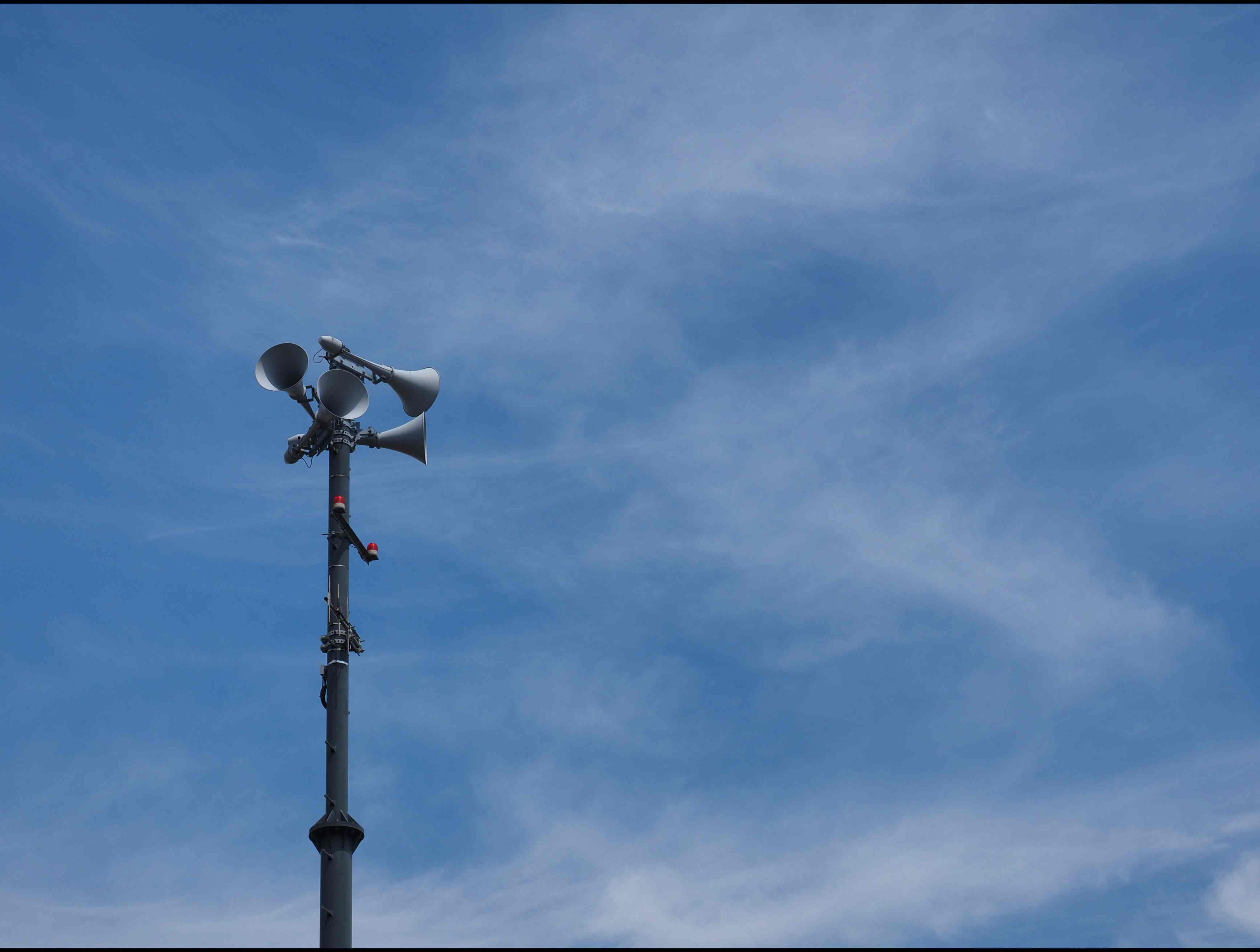
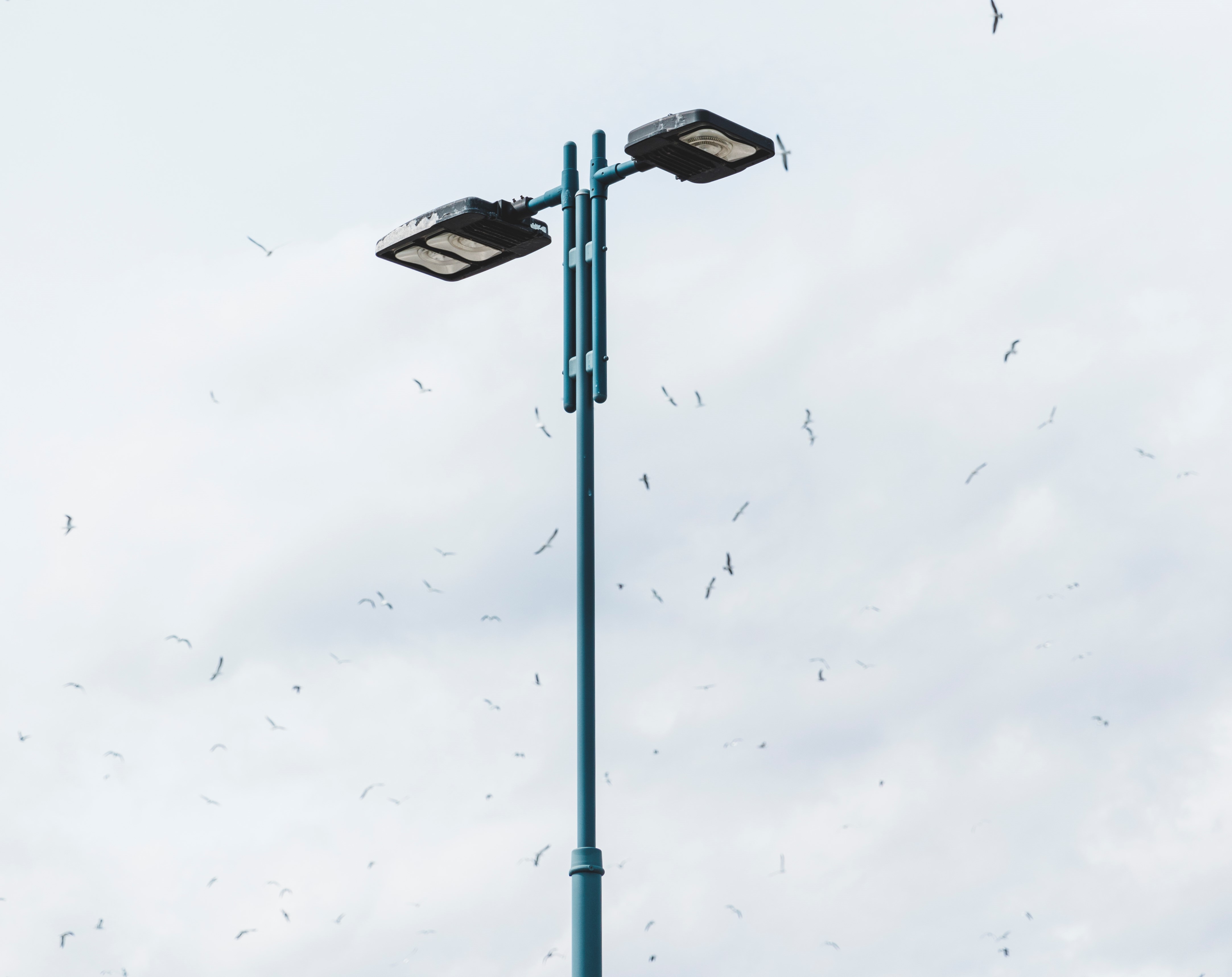
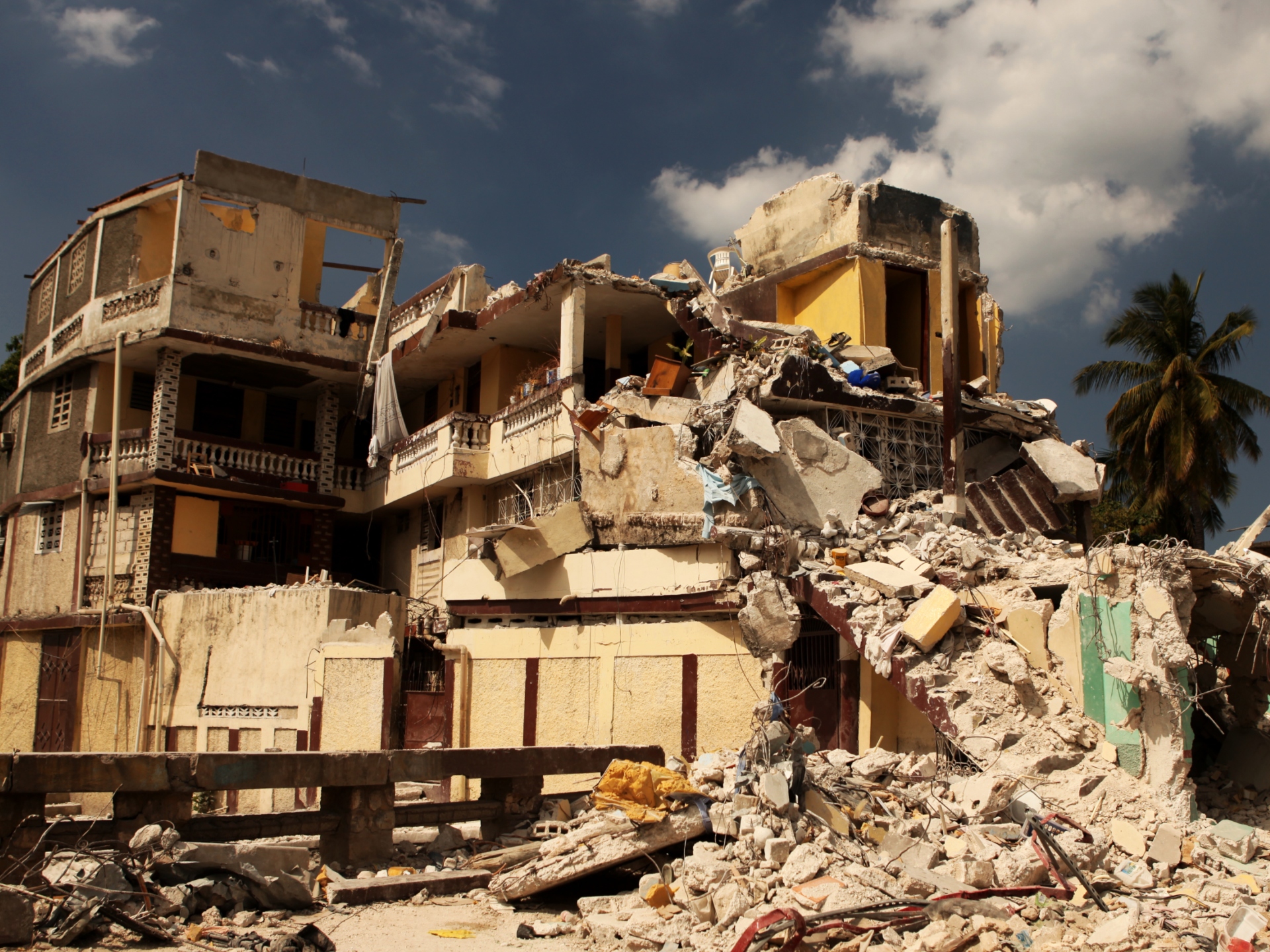
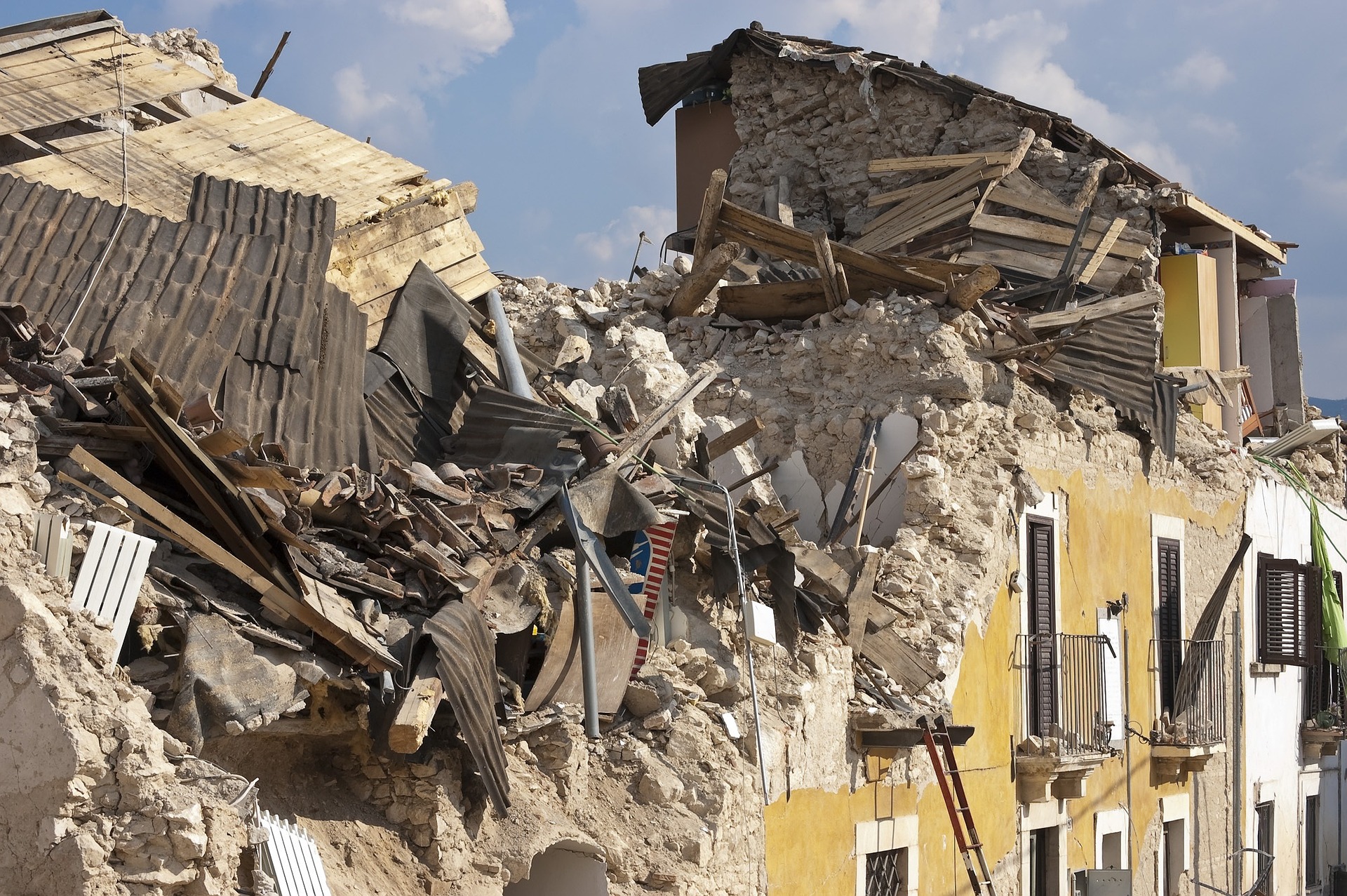
.jpg)
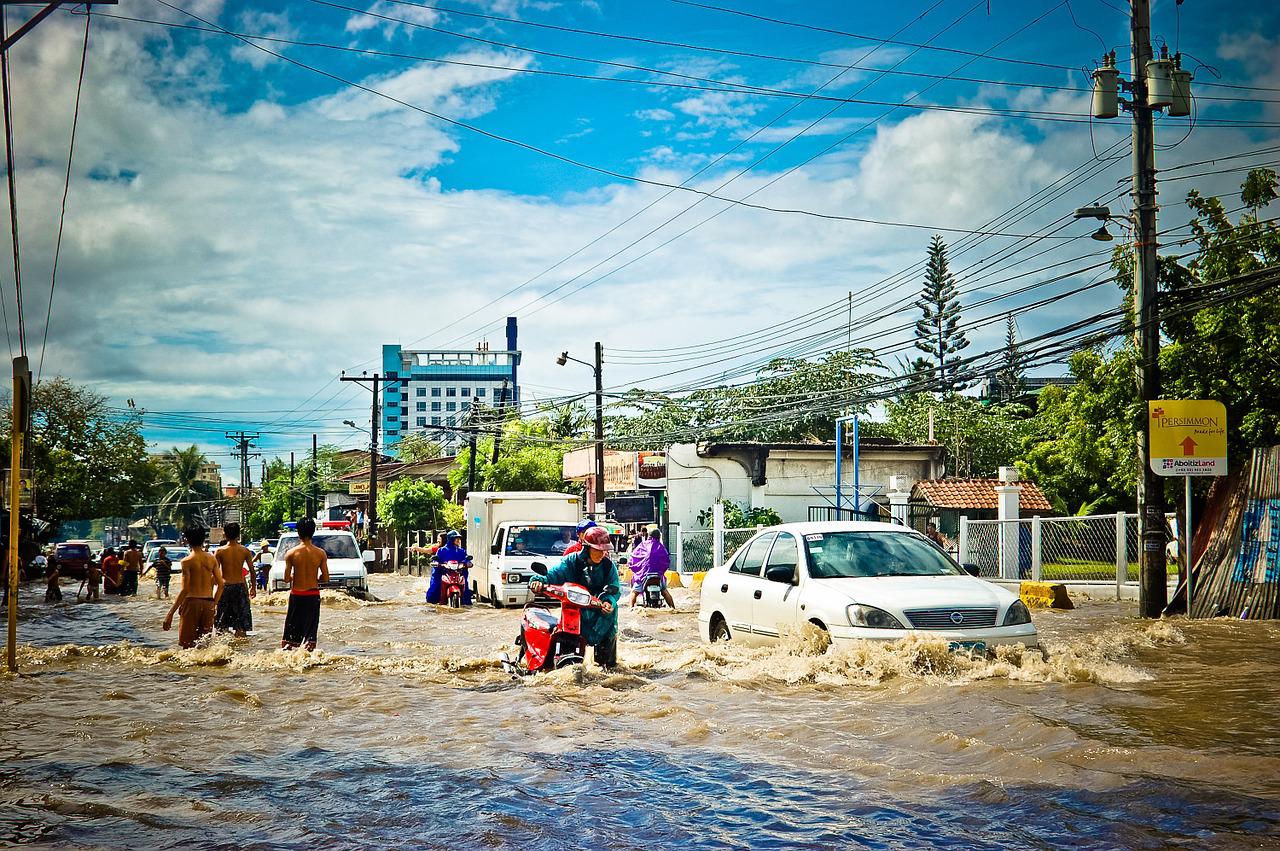
.jpg)
